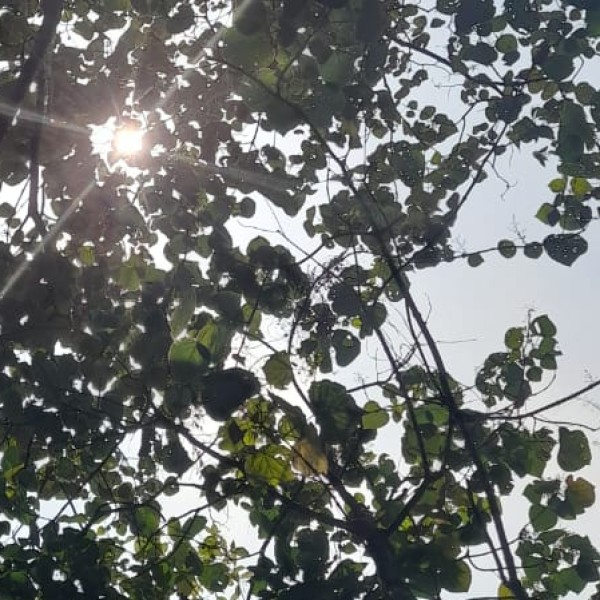About WelcomeTravelerIndia.com
India is a land of extraordinary contrasts, where ancient traditions meet modern innovation, and natural wonders coexist with vibrant cities.
India is a land of extraordinary contrasts, where ancient traditions meet modern innovation, and natural wonders coexist with vibrant cities.

Haridwar, known as the "Gateway to the Gods", is one of India's most spiritually vibrant cities. The city’s culture is deeply rooted in Hindu traditions, mythology, and spiritual practices. With its temples, ghats, ashrams, and religious processions, Haridwar is a melting pot of faith, devotion, and heritage.
Throughout the year, Haridwar hosts grand festivals, where thousands of devotees and tourists gather to witness rituals, aartis, and cultural performances.
1. Cultural Heritage of Haridwar
Religious & Mythological Significance
Spiritual Practices & Rituals
Tip: To truly experience Haridwar’s culture, attend the Ganga Aarti at Har Ki Pauri during sunset.
2. Major Festivals Celebrated in Haridwar
Haridwar hosts several grand festivals, attracting millions of pilgrims from across India and the world.
A. Kumbh Mela – The Largest Spiritual Gathering in the World
Held Every 12 Years (Next in 2028)
Location: Har Ki Pauri & Various Ghats
Why is it Special?
Tip: If you plan to visit during Kumbh Mela, book accommodation 6-12 months in advance.
B. Ardh Kumbh Mela – Held Every 6 Years
Held Every 6 Years (Next in 2025)
Location: Various ghats in Haridwar
Why is it Special?
Tip: Visit during the Shahi Snan (Royal Bathing Days) to see saints and akharas (spiritual groups).
C. Ganga Dussehra – Celebrating the Descent of the Ganges
May/June
Location: Har Ki Pauri
Why is it Special?
Tip: Buy small diyas (lamps) from local vendors and float them in the Ganges.
D. Kanwar Yatra – The Shiva Devotee Pilgrimage
July-August (Shravan Month)
Location: Har Ki Pauri & Temples Across Haridwar
Why is it Special?
Tip: Avoid traveling by road during Kanwar Yatra as highways are packed with pilgrims.
E. Diwali & Kartik Purnima – The Festival of Lights
October-November
Location: Har Ki Pauri, Temples & Ashrams
Why is it Special?
Tip: Stay near Har Ki Pauri for the best views of floating diyas.
F. Holi – The Festival of Colors
March
Location: Temples, Streets, and Ghats
Why is it Special?
Tip: Wear old clothes as colors can be tough to wash off!
G. Maha Shivratri – Lord Shiva’s Night
February-March
Location: Daksha Mahadev Temple, Har Ki Pauri
Why is it Special?
Tip: Visit Daksha Mahadev Temple for a special Shivratri celebration.
H. Nanda Devi Mela – Honoring Goddess Nanda Devi
September
Location: Nanda Devi Temple
Why is it Special?
Tip: This is one of Uttarakhand’s most culturally rich festivals.
3. Music, Dance & Art in Haridwar
Folk Music & Bhajans
Haridwar’s culture includes spiritual music and devotional bhajans:
Folk Dance
Traditional dances include:
Tip: Visit during festivals to see these cultural performances live!
4. Local Traditions & Food During Festivals
Special Festival Foods
Tip: Enjoy a sattvic meal at ashrams like Shantikunj & Patanjali Yogpeeth.
Haridwar is not just a city—it’s an experience of devotion, heritage, and celebration. Whether you visit for the grand Kumbh Mela, the colorful Holi, or the spiritual Ganga Aarti, you’ll witness a rich cultural and festive atmosphere unlike anywhere else in India.
Plan your trip and be part of Haridwar’s divine celebrations!